
AeroGenie: il tuo copilota intelligente.
Tendenze
Categories
Lufthansa Technik Expands MRO Partnership with IndiGo
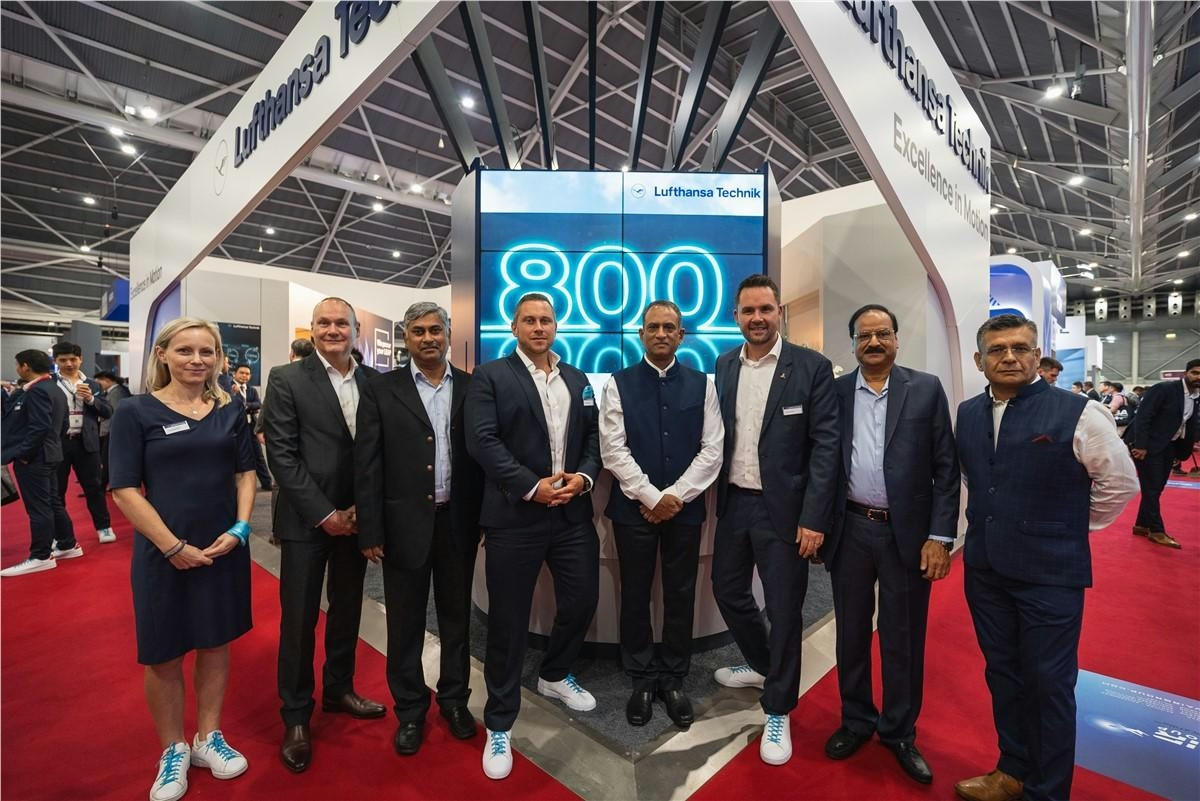
Lufthansa Technik Expands MRO Partnership with IndiGo Amid Market Shifts
Lufthansa Technik is reinforcing its foothold in the Indian aviation sector by broadening its maintenance, repair, and overhaul (MRO) partnership with IndiGo, the country’s largest and fastest-growing airline. Through newly signed long-term agreements, Lufthansa Technik will provide extensive lease return support alongside comprehensive MRO services for a substantial portion of IndiGo’s Airbus A320-family fleet. These contracts cover both base maintenance and single component maintenance, reflecting IndiGo’s strategic emphasis on fleet readiness and operational efficiency.
Expanding Services to Support Rapid Growth
To meet IndiGo’s accelerating growth and operational requirements, Lufthansa Technik will conduct base maintenance at its principal global facilities located in Sofia, Bulgaria, and the Philippines. Single component maintenance will be handled at the company’s Hamburg workshop, ensuring meticulous and timely execution of lease return tasks. IndiGo, headquartered in Gurugram, continues to expand its fleet at an impressive rate—adding nearly one new aircraft each week—and employs a combination of wet- and damp-leased aircraft to maintain flexibility and scalability in a highly competitive market.
This expanded collaboration arrives as Lufthansa Technik faces the challenge of investing in its MRO network and capacity, particularly to support new engine programs and the scale demanded by IndiGo’s ambitious expansion. The company’s commitment to upgrading its facilities and services underscores the increasing complexity and volume of work associated with IndiGo’s fleet growth. Industry analysts observe that while this partnership enhances Lufthansa Technik’s reputation for technical reliability and cost efficiency, it also intensifies competition among global MRO providers. Competitors are likely to respond by bolstering their own capabilities to maintain or increase their market share within India’s rapidly growing aviation sector.
Strategic Implications for the Aviation Market
IndiGo’s aggressive expansion strategy, led by CEO Pieter Elbers, is reshaping market dynamics as the airline pursues broader global ambitions. By selecting Lufthansa Technik as a key MRO partner, IndiGo not only strengthens its operational resilience but also influences the competitive landscape for aircraft maintenance services in the region.
Lufthansa Technik’s expertise in lease return processes and component maintenance has established it as a trusted partner for airlines worldwide. The deepened collaboration with IndiGo highlights the shared ambitions of both companies to address the demands of one of the world’s fastest-growing aviation markets, even as the industry navigates evolving challenges and opportunities.
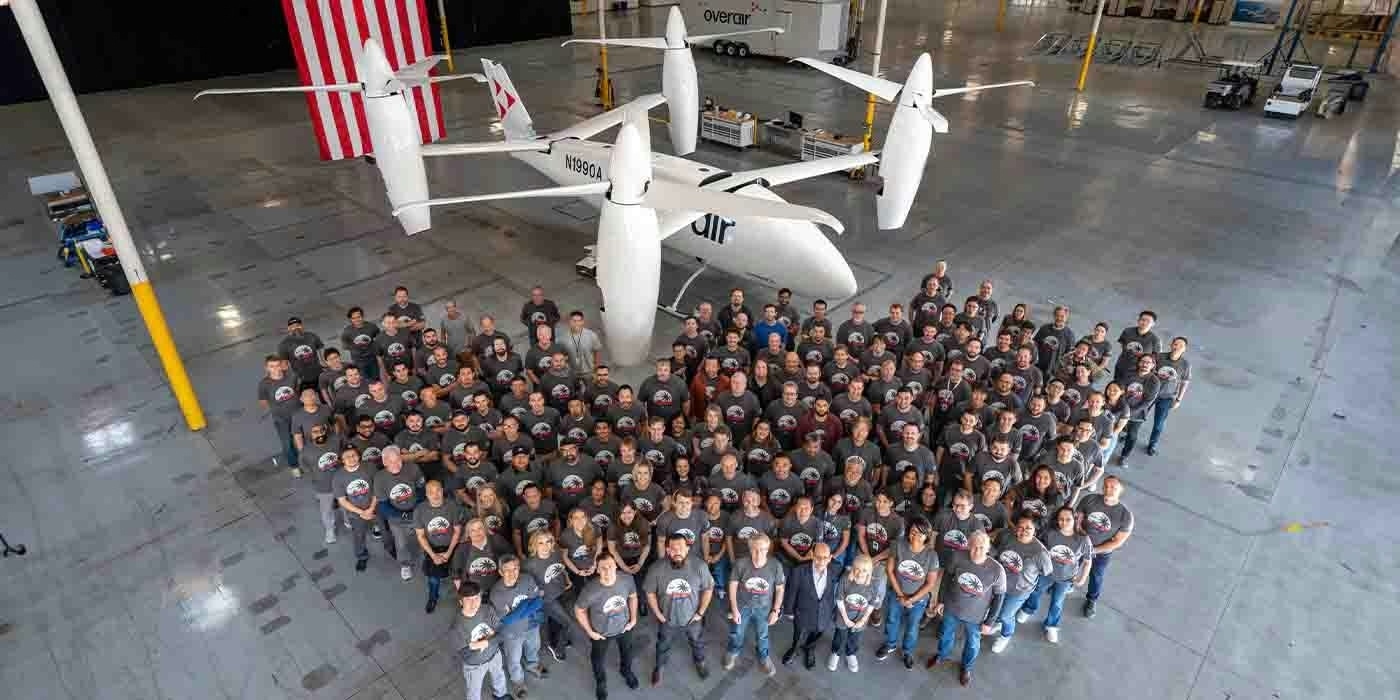
Unique mixed-propulsion eVTOL completes transition flight testing
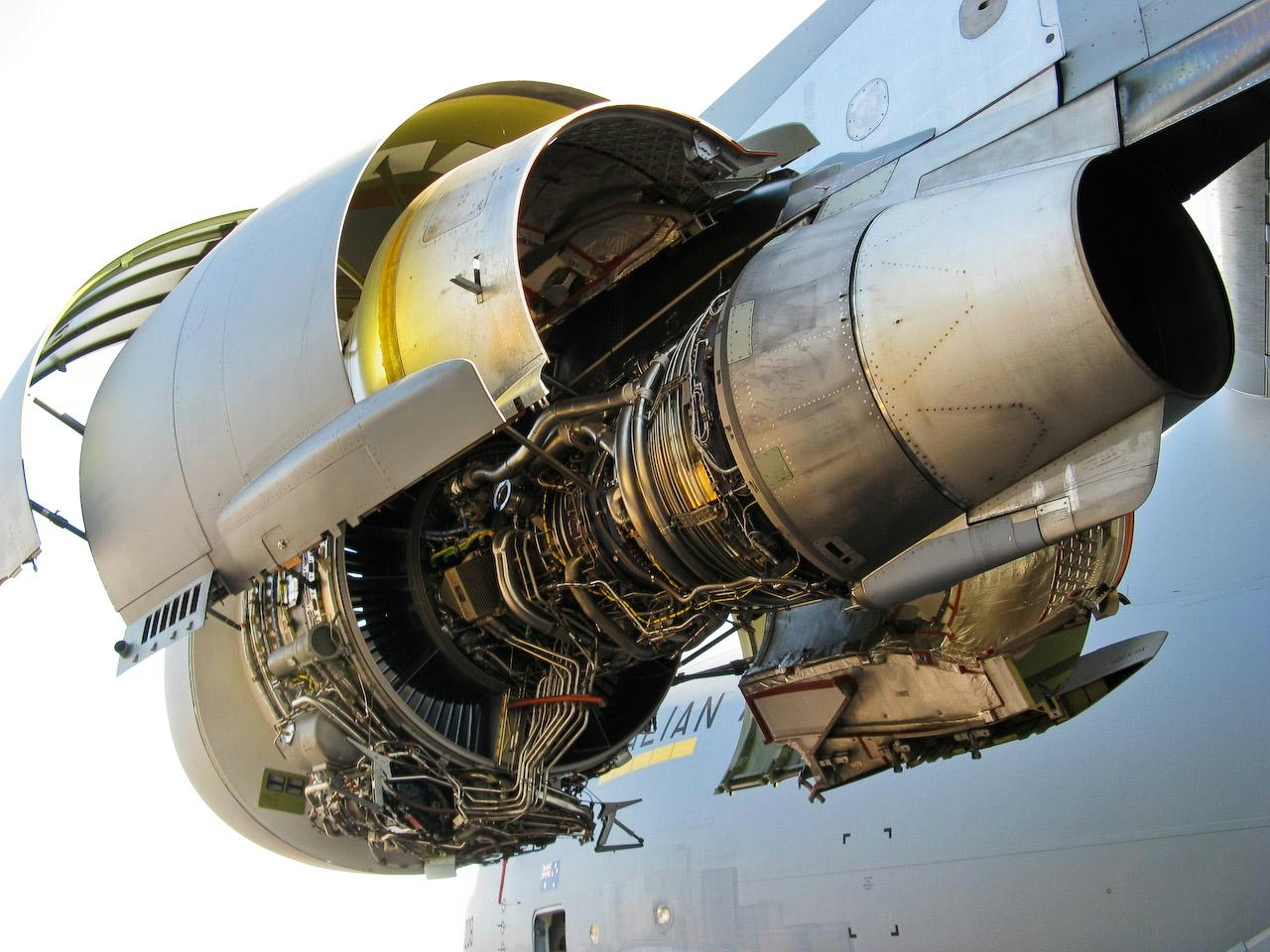
Are C-17 Globemaster Engines Derived from Boeing 757?
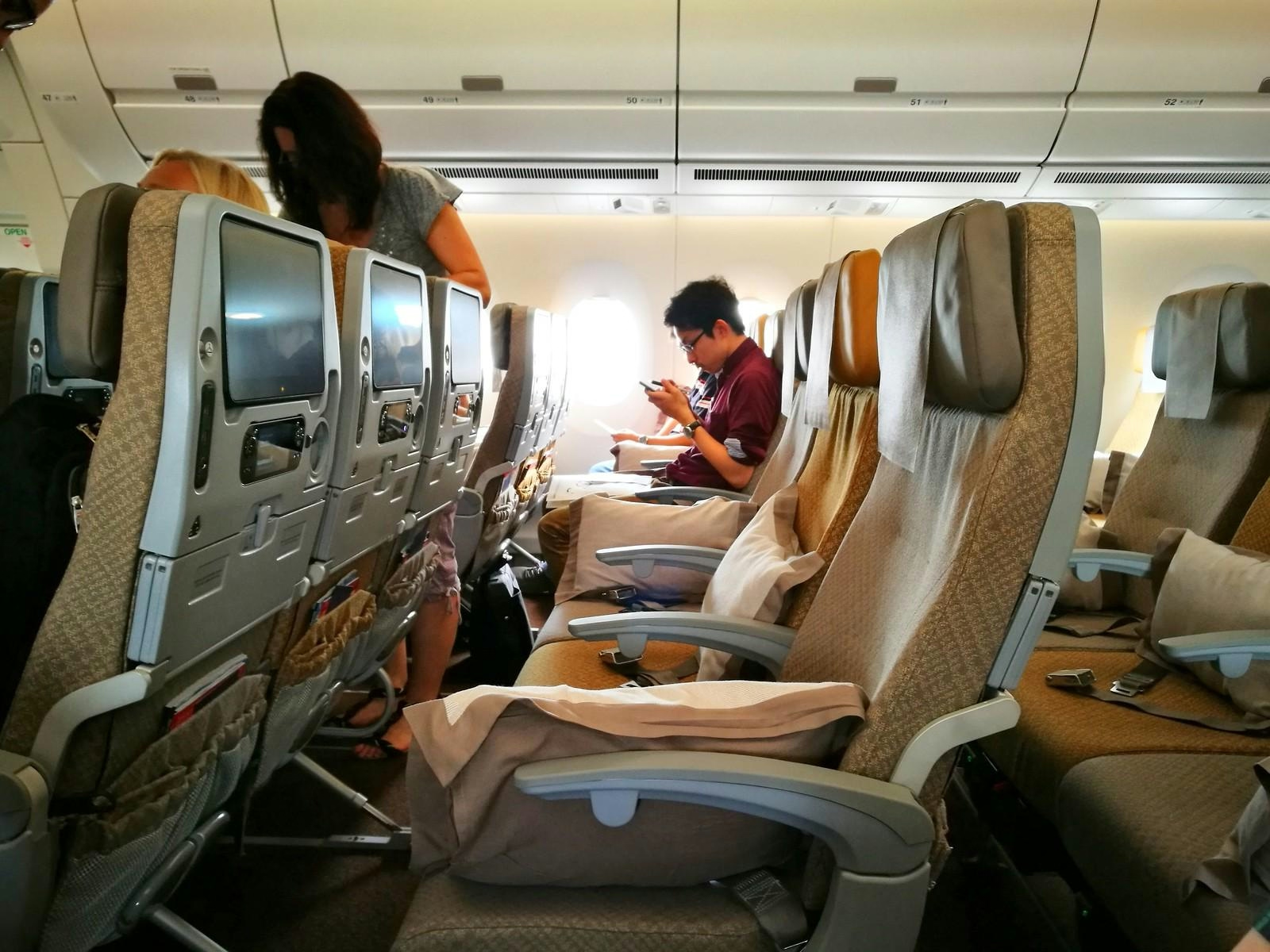
Why the Airbus A350’s Cabin Is Quieter Than Other Aircraft
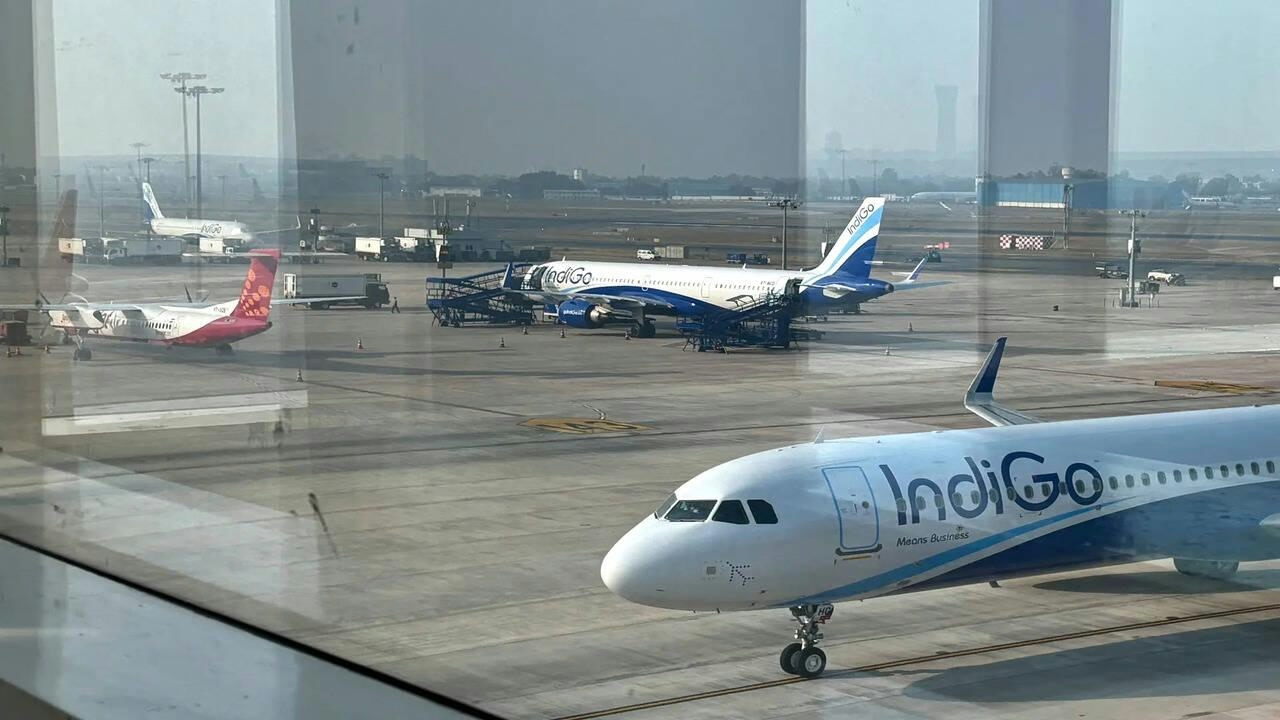
AI and AI Express Plan to Increase Capacity Amid IndiGo Flight Disruptions
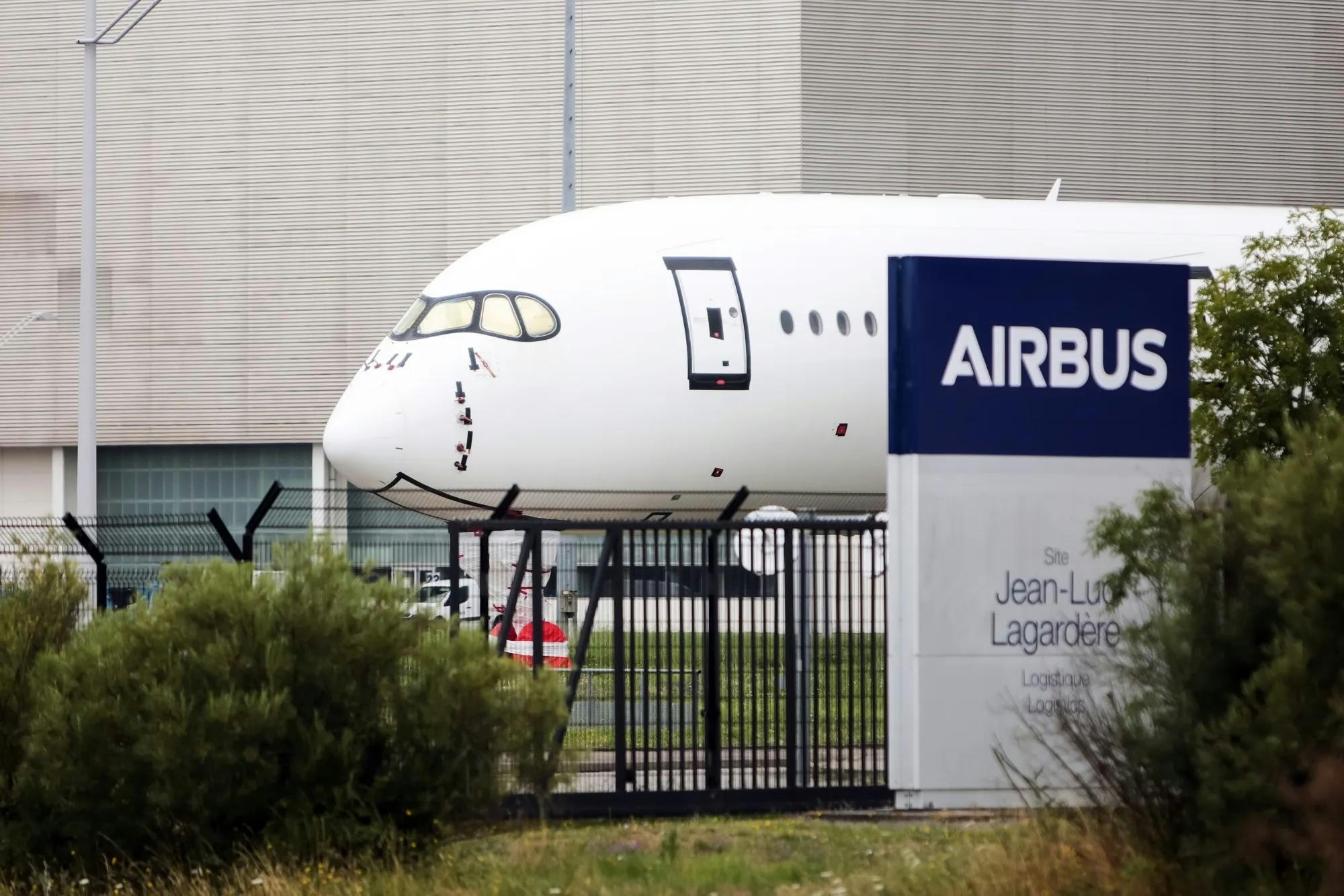
Kazakhstan and France Agree on Airbus Aircraft Deliveries
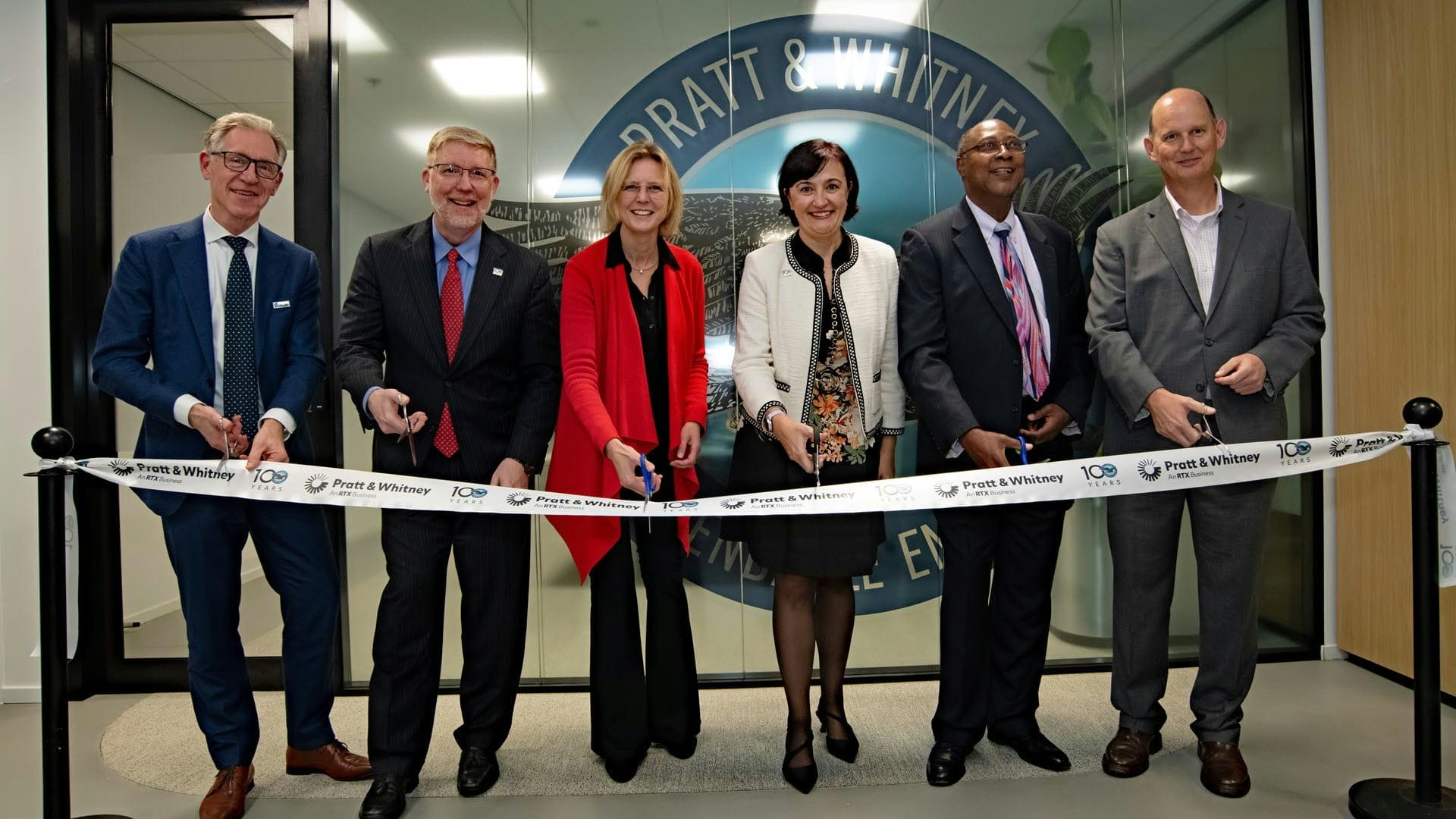
Europe’s Emerging Talent Drives Aviation Innovation
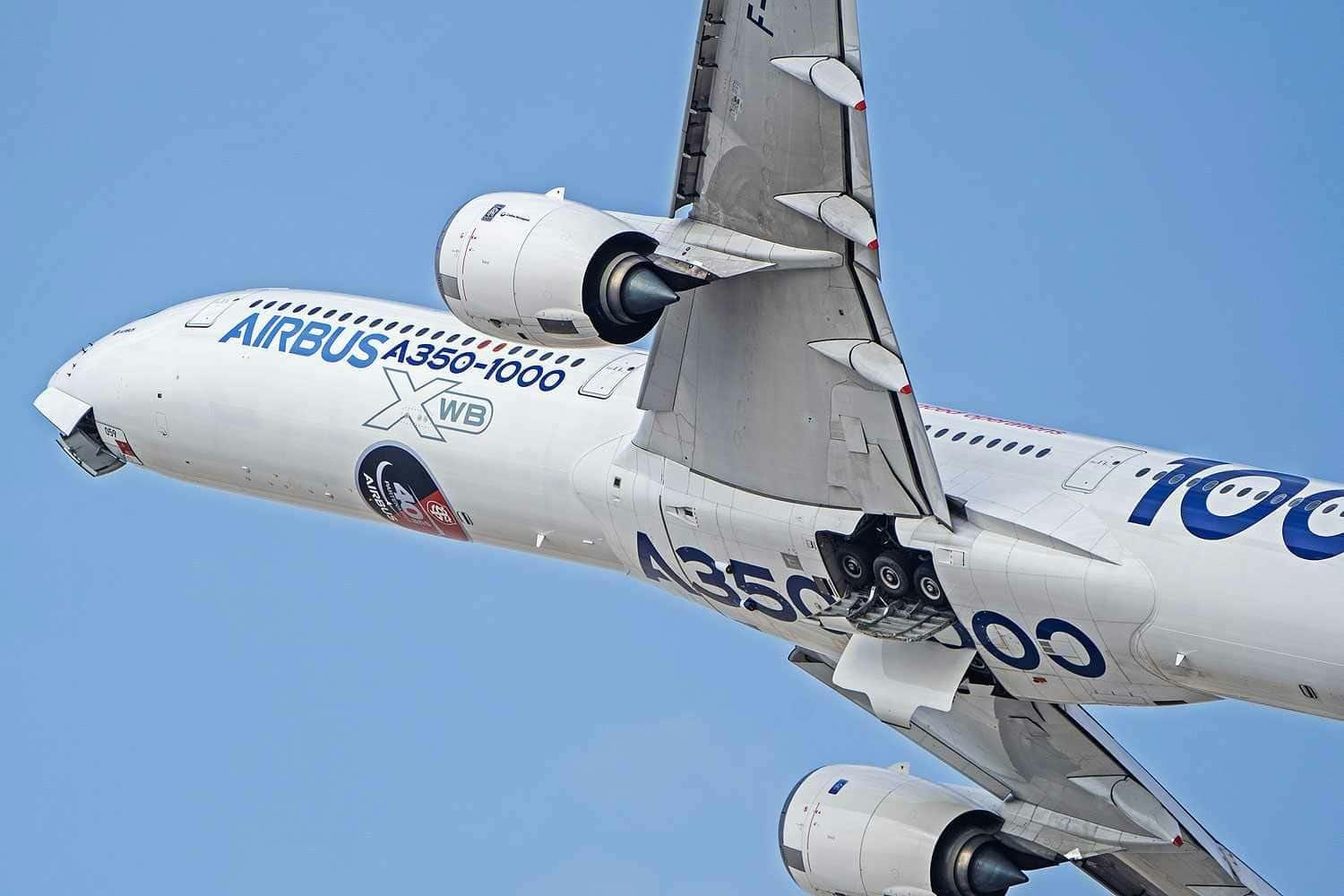
Airbus Receives New Order for A350-1000

The Leading Widebody Aircraft in Service Today
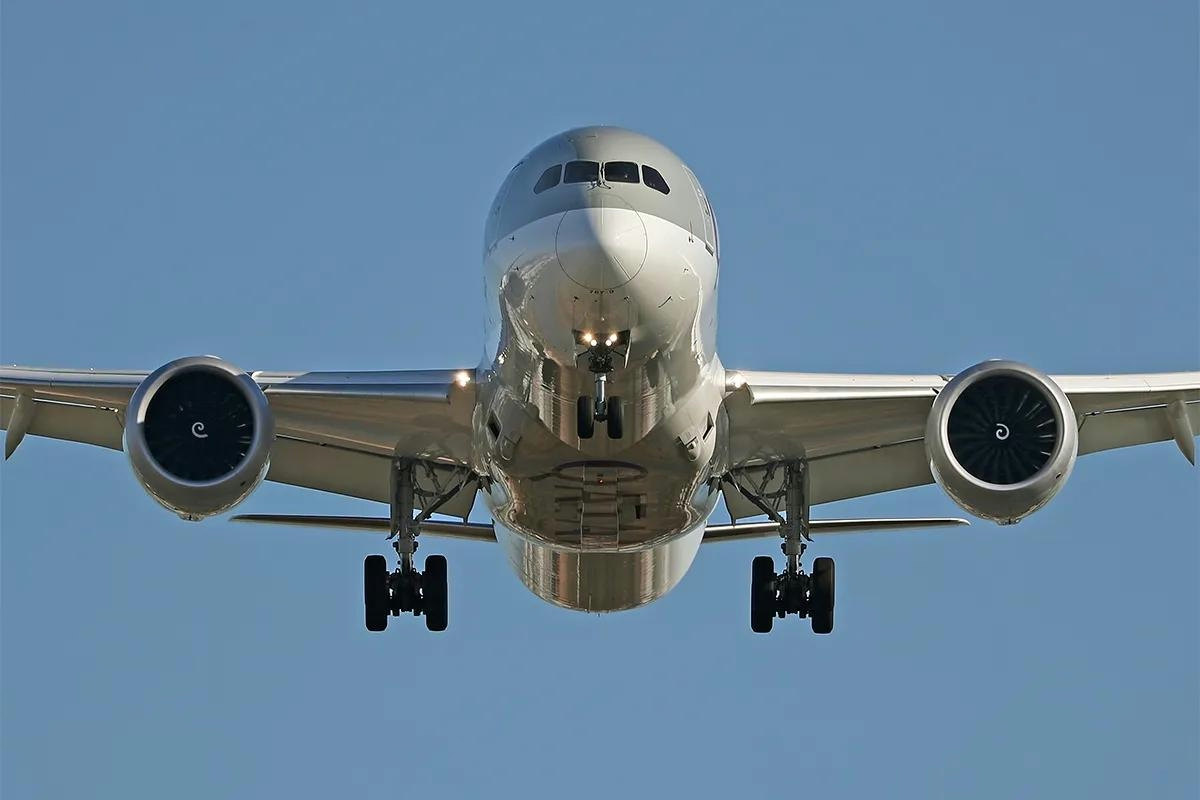
The Fastest Boeing Jet Currently in Service
